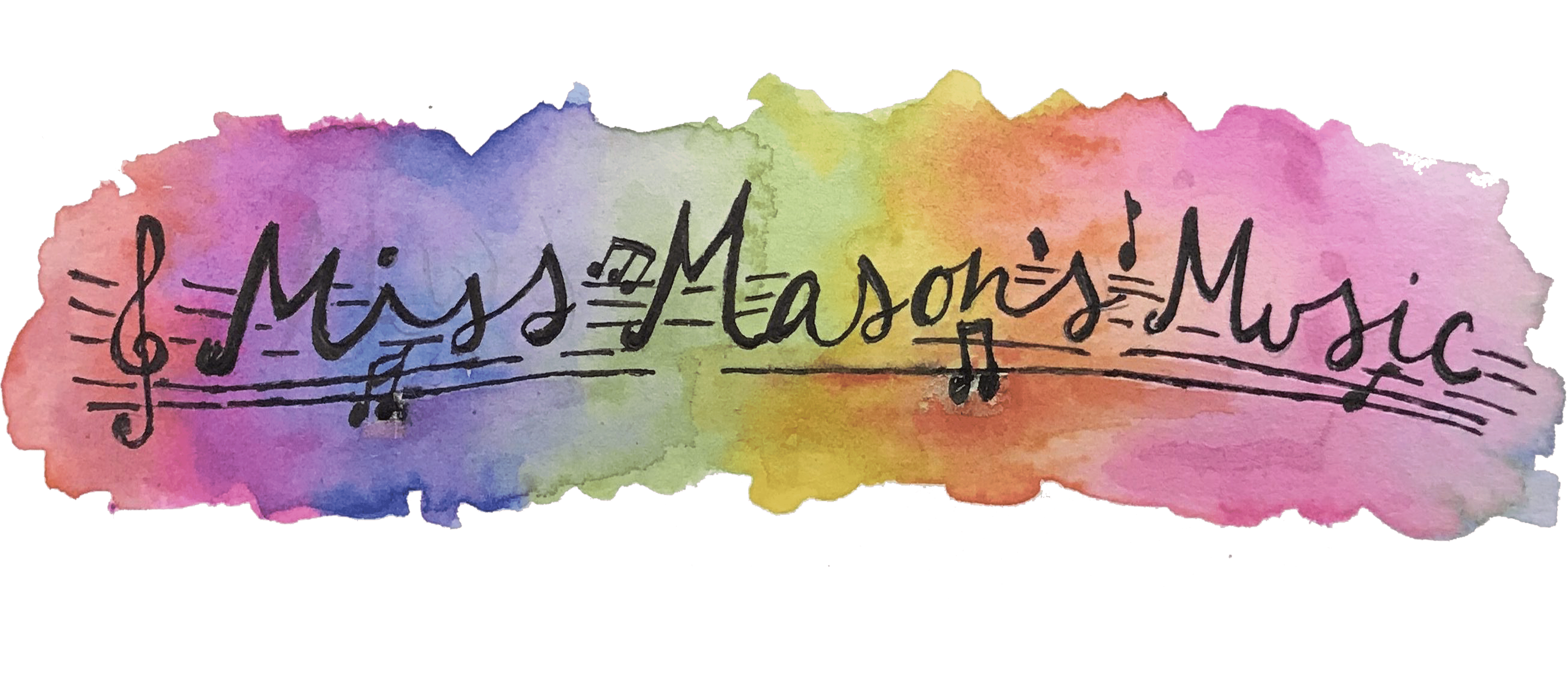SOLFEGE & FOLKSONG
LESSON 7
A Tisket, A Tasket
Learn the Song, Rhythm Practice
Prep And Materials:
– “A Tisket, A Tasket”, 150 American Folk Songs (p. 5, #8) La, Sol, Mi – Comfortable Starting Pitch: A
- Read: Lesson ahead of time (if needed)
- Preview: Videos (if needed so you get the feel for where the lesson is going, but they are written so you can use them with your children)
- Print: Rhythm Pattern Document (same as past weeks)
- Intermediate/Advanced Print: Week 7 and 8 Intermediate Rhythm and Solfege Notation (New)
Part One: Learning the song
Watch and Echo with my children. Please feel free to pause the video or rewatch until you have the song learned. Use your copy of 150 American Folk songs if needed.
Part Two: Learning to hear the Rhythm
This video will walk you through how to work with your kids on hearing the rhythm. As you watch try to pause the video and have your kids participate before my daughter gives her answers and then watch again to see if she gets it right and to see the answer.
This is a precursor to musical dictation. It can be very difficult for some children and adults, but do your best and try. If you don’t understand, or if you don’t get it at first try again or please reach out for help! [email protected]
If this portion is simple for your children because you have done a lot of music in your family, then you can use Part Three as well (below) to complete your 10-15 Minute weekly Sol-fa Lesson.
Part Three: Rhythm Reading and Structure – Extension for Intermediate and Advanced Children ( all Older students need to learn how to use this NEW rhythmic notation for future lessons)
We will do a quick review of Bye, Baby Bunting Notation that you printed from week 5 if you still have it.
This week USE: Week 7 and 8 Intermediate Rhythm and Solfege Notation We will explore a Tonic Sol-fa Notation that can help the children see how sight reading works in a simple way. Don’t expect perfection! Just do your best together. Have them follow the music with their finger if needed. Older students might find this is too easy, but it’s a new notation that can help them see the mathematical principles of rhythm, so please have them stick with it!
